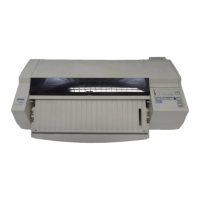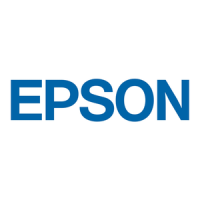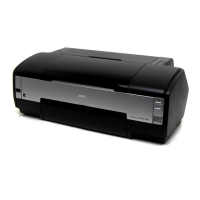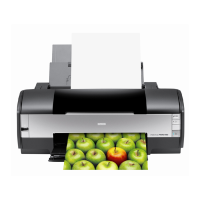Method
Select Automatic halftone setting, No Halftoning, or one of
three halftone methods.
For the best results, select Automatic so your printer driver
can analyze the data on each page of your document and adjust
the halftone settings automatically. If you prefer to set the
halftone method manually, follow these guidelines:
❑ Use No Halftoning to speed printing for text or
monochrome line art. Do not use it when printing in color.
❑
Dithering A and Dithering B arrange dots in orderly
patterns. Printing dithered images is relatively fast and is
best suited for printing charts, graphs, and other images
that require precise, solid areas of bright colors. Use
Dithering A for images with limited detail and shading.
Select Dithering B for images with significant detail but
limited shading.
❑
Error Diffusion is best for photographic images. It creates
colors by randomly distributing dots, making edges and
colors softer. Printing these images takes longer, but it
produces the best print quality for photographs.
Light/Dark slider
Controls how much ink is applied to the paper. The slider has
five settings that allow you to apply more or less ink. The more
ink, the darker the colors. Move the slider to the right for more
ink and darker colors; slide it to the left for less ink and lighter
colors. (Increasing the amount of ink means it takes longer for
the ink to dry.)
Note:
The slider is not accessible if Monochrome ink is selected.
2-10
Installing and Using the Printer Driver

